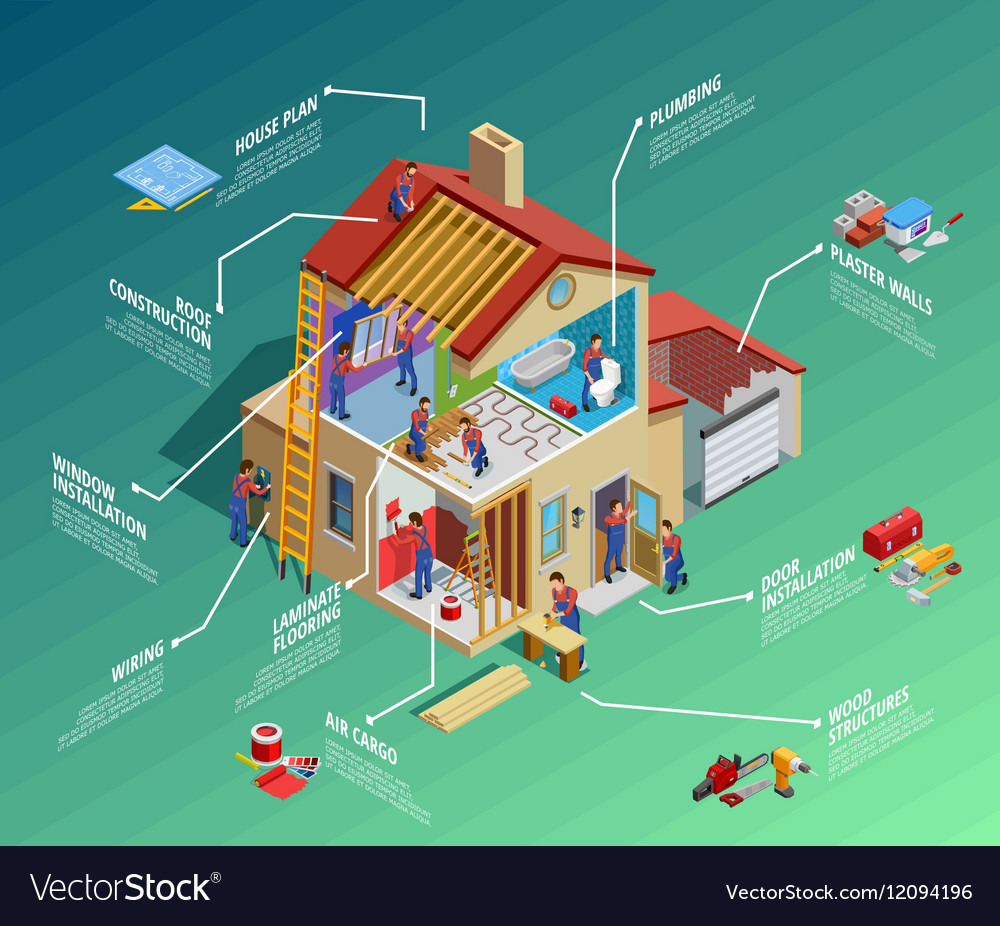Just How To Allocate Your Floor Covering Job: A Practical Guide
Just How To Allocate Your Floor Covering Job: A Practical Guide
Blog Article
Written By-Leach Axelsen
When you're planning a flooring job, budgeting isn't practically selecting a number; it has to do with recognizing what you really need and the expenses entailed. You'll want to analyze your details demands, study numerous products, and anticipate unforeseen expenses. Consider how aspects like space purpose and setup methods can impact your budget plan. However before you enter, there are some crucial details you may overlook that might dramatically impact your overall expenses. Allow's explore exactly how to navigate these intricacies and ensure your project remains on track.
Assessing Your Floor Covering Needs
Prior to diving into your floor covering job, it's vital to assess your floor covering needs. Begin by considering the particular areas where you prepare to mount new flooring. Think about the objective of each room. As an example, bathroom and kitchens require water-resistant products, while living locations may benefit from convenience and aesthetics.
Next, evaluate the status quo of your floorings. Exist any kind of structural concerns, such as irregular surface areas or moisture issues? Dealing with these problems early can conserve you time and money down the line.
Additionally, make concrete floor utah of the dimensions of each area to identify how much flooring you'll need.
Don't neglect to consider your lifestyle. If you have family pets or young kids, resilience could be your leading priority, while a much more formal space might ask for a glamorous coating. Additionally, think about your design choices. Do you prefer a classic look, or are you drawn to contemporary designs?
Finally, be realistic regarding how much upkeep you agree to commit to. Some products require more upkeep than others. By recognizing your demands clearly, you'll be better furnished to make informed selections as you move on with your floor covering task.
Estimating Prices and Products
Estimating prices and products is a pivotal action in your floor covering project that can considerably affect your general budget plan. Begin by measuring your room accurately to establish just how much flooring you'll require. For most products, you'll locate prices by square foot, so gather quotes from different providers to obtain a sensible figure.
Next, consider the type of flooring you want. Options like hardwood, laminate, tile, or rug all come with various price points. Study the costs for each and consider any type of added products like underlayment, glue, or shift strips.
Do not fail to remember to include devices if you're planning a DIY installation, as leasing or buying devices can include in your expenses.
Labor prices are an additional vital consideration. If you're working with professionals, get price quotes from several professionals to ensure you're getting a fair price. Be clear regarding the range of job to stay clear of unforeseen costs later.
Finally, it's a good idea to reserve a little percentage of your allocate any type of unexpected expenses related to materials. By extensively approximating your costs and materials in advance, you'll set yourself up for a smoother and extra convenient floor covering task.
Preparation for Hidden Costs
Many property owners overlook the hidden expenditures that can emerge during a flooring task, which can lead to budget plan overruns. To avoid this, you need to prepare for possible added prices.
First, take into consideration the problem of your existing subfloor. If how much to epoxy a basement floor 's harmed or unequal, you'll likely need repair services or progressing, which can include significantly to your total expense.
Next, think of elimination and disposal costs for your old flooring. Numerous professionals bill added for this solution, so variable that right into your spending plan.
In addition, do not forget the costs of underlayment, which may not be included in the preliminary quote yet are necessary for a successful setup.
You must likewise prepare for unforeseen problems, such as pipes or electric work if your flooring task involves moving components. It's smart to allot at least 10-15% of your overall budget for these unexpected expenditures.
Finally, bear in mind that authorizations may be needed for certain setups. Always inspect local laws to avoid fines or delays.
Verdict
In conclusion, budgeting for your flooring job is necessary for a successful end result. By evaluating your needs, approximating prices, and planning for hidden expenditures, you'll prevent shocks and remain on track. Remember to reserve a section of your allocate unexpected expenses and keep a detailed break down of your expenditures. With mindful planning and factor to consider, you'll produce a lovely area that satisfies your demands without breaking the financial institution. Happy flooring!
